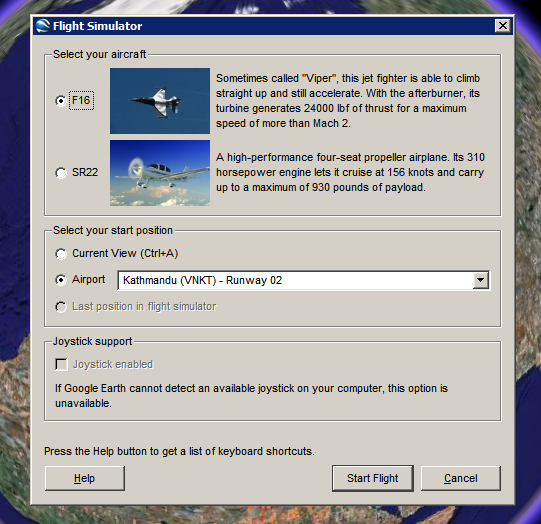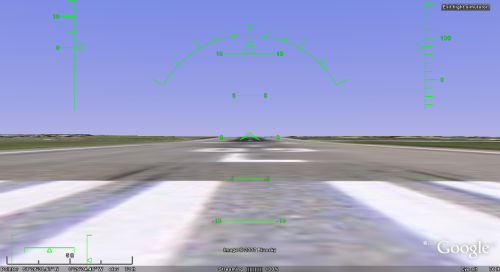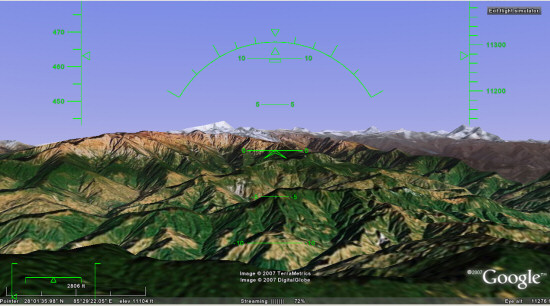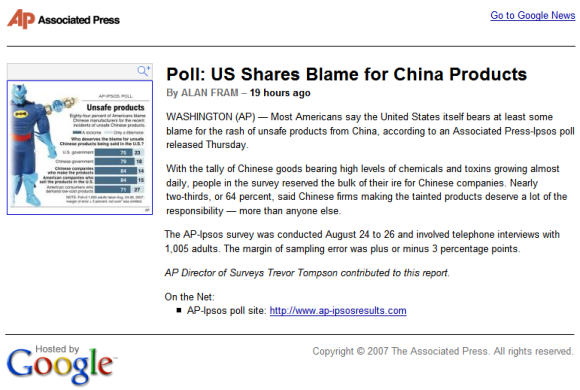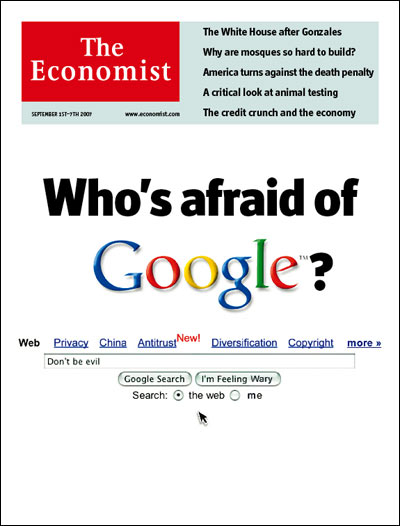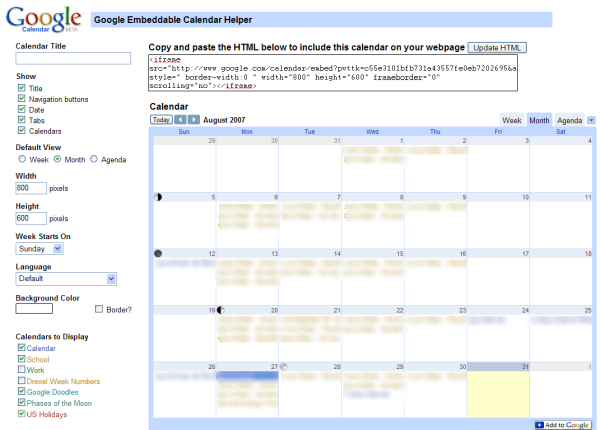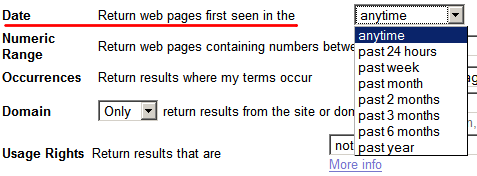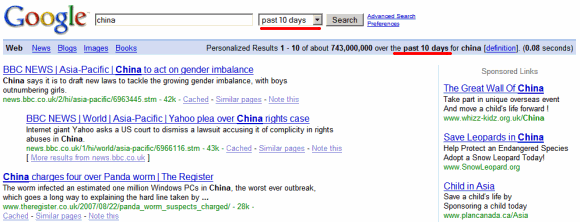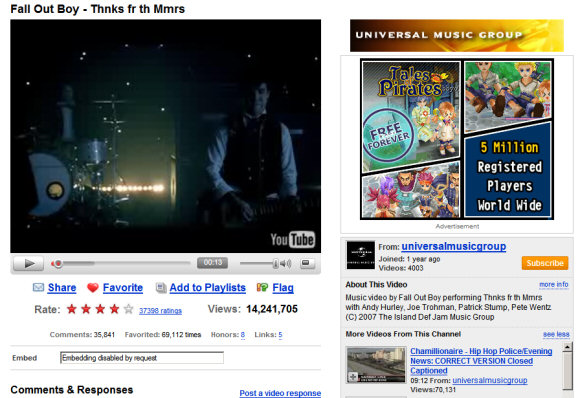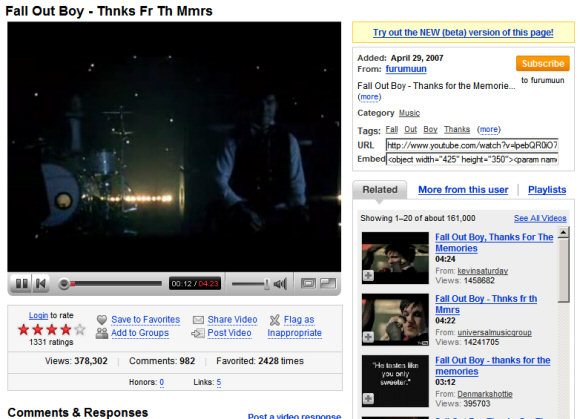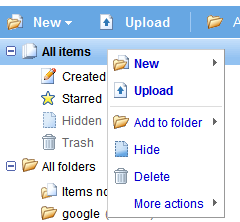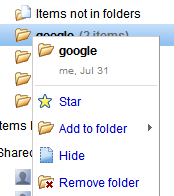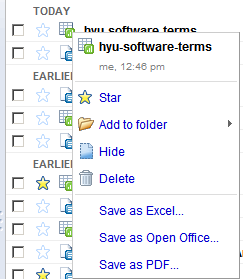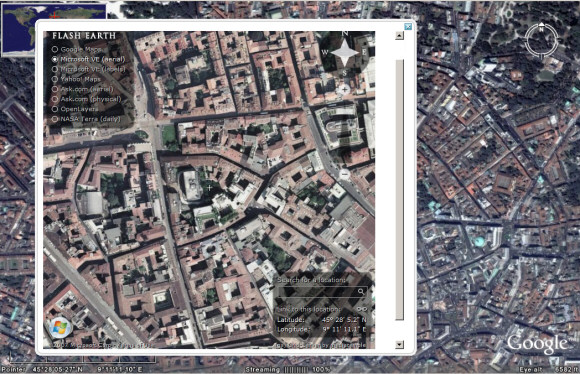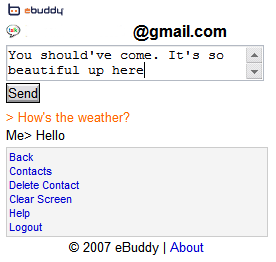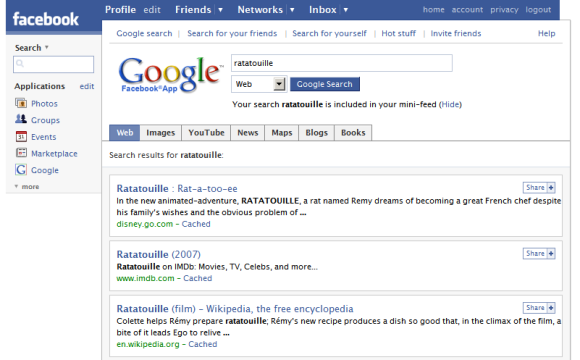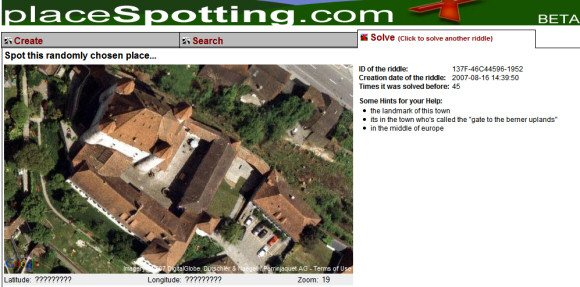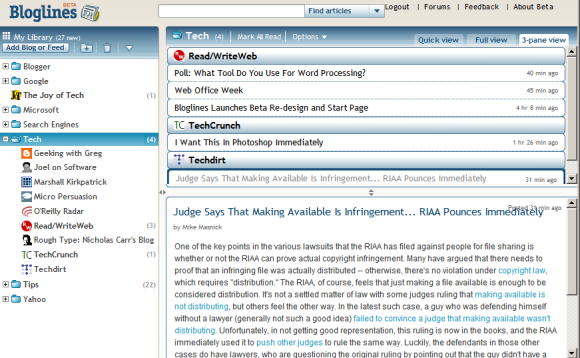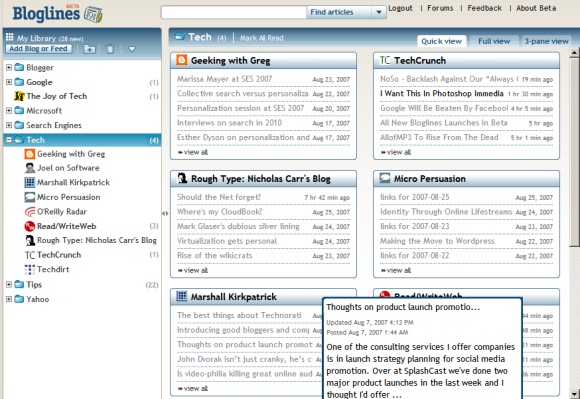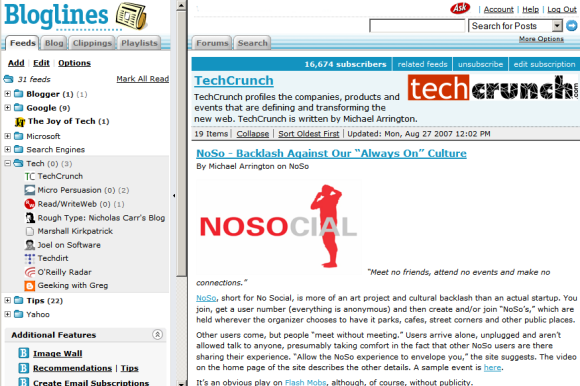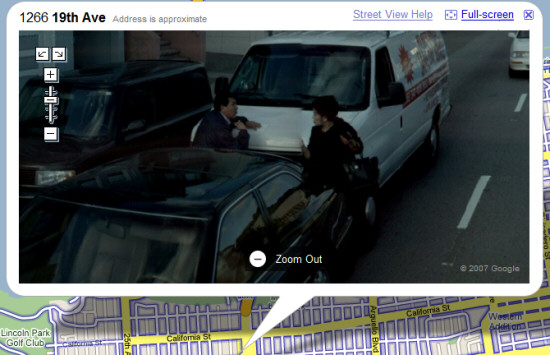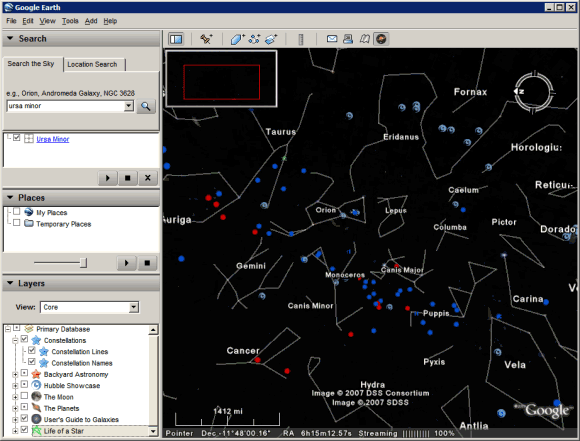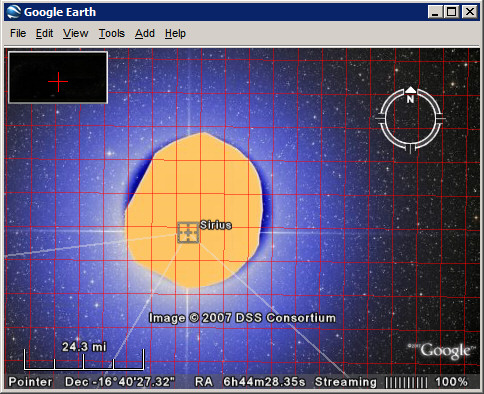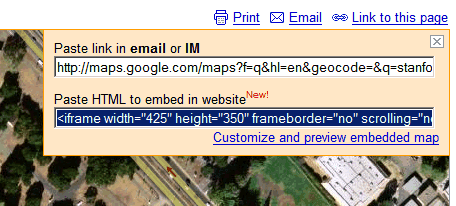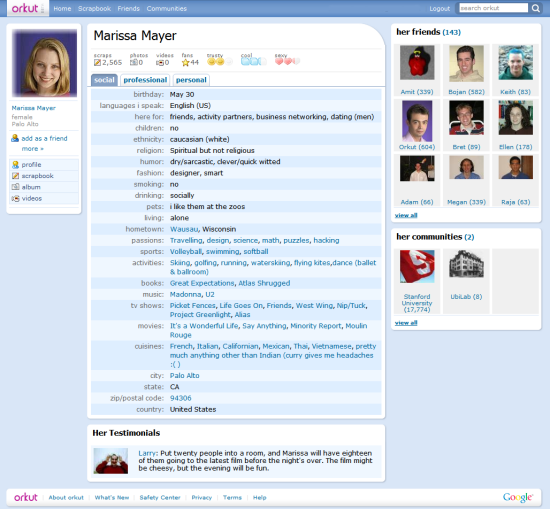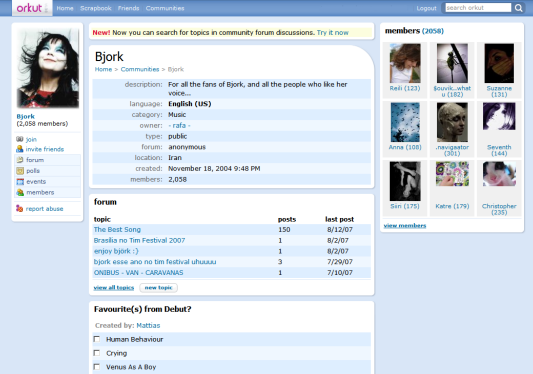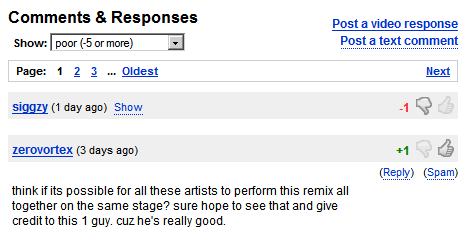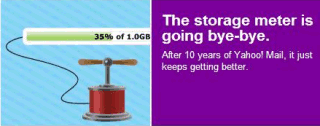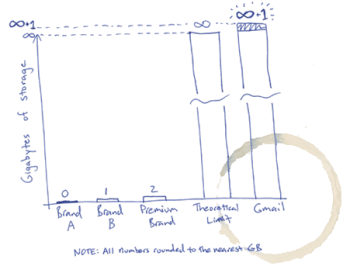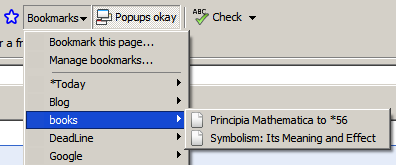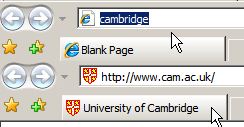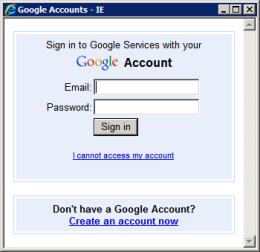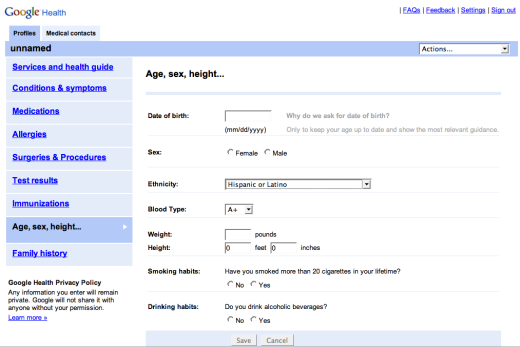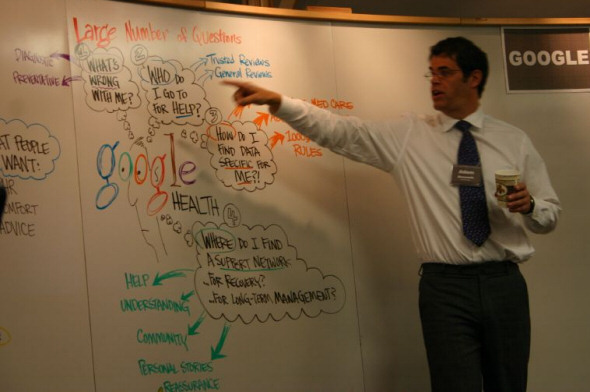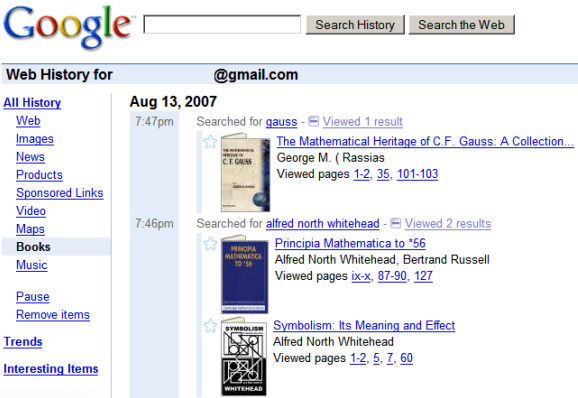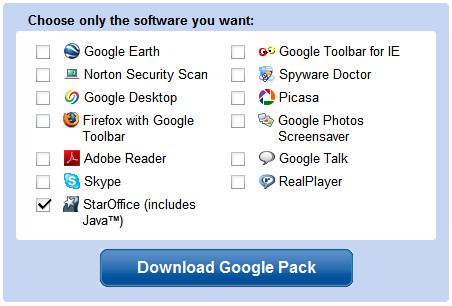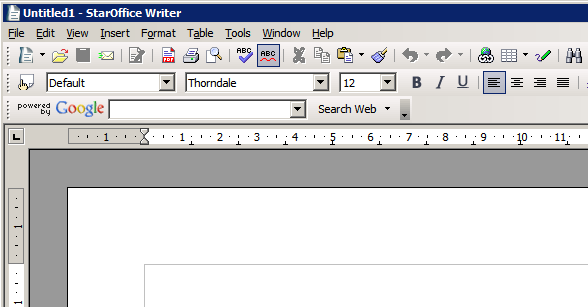Google has always tried to be accessible: the search interface is available in more than
100 languages, the results are modified based on your location, the interface is simple and universally accessible.
If you don't live in the United States, you noticed that google.com automatically redirects to your local domain, that shows messages in your language and custom-tailored results for your location. This is especially noticeable if you live in a country that doesn't have an important Internet presence and you see unimportant pages getting high rankings just because they happen to be written in your language.
Monomo Blog compares two local versions: the British Google and the German Google and notices important differences:
"Let’s say you search for something technical, like a certain Javascript Library - the pattern that the German portal displays more sites in German persists - but from a quality point of view the differences can be stark (the number of German speaking sites against English speaking ones surprisingly matters!). It seems that the priority of the guessed native language, overrules other aspects like relevance in quite a dramatic fashion. It is quite possible that you’ll never find a particular reference on the German Portal which features on the first result page on the British portal."
Google offers options to translate search results in your language, but only for a small number of languages. The
cross-language search interface, which lets you search web pages written in foreign languages, is still an experiment. But until Google manages to translate all the web pages to a universal language and let you find any information available on the web, regardless of the language it was written in, Google could at least ask you the languages you know or you are comfortable with.
Meanwhile, if you want to use the standard version of Google, click on "Google.com in English" at the bottom of any Google homepage or type
google.com/ncr in your address bar. Google's cookie will save your preference, so the next time you go to google.com you won't be redirected to the local version. Google also offers the option to search for web pages written in a certain language or from a certain country (advanced search) and you can see the search results from another location by adding the
gl parameter to the URL (for example:
http://google.com/search?q=bank&gl=us shows the results from the US).
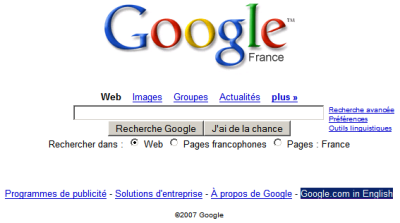
I don't use Google's localized versions because they're often not in sync with the original version, the translation is not very good and sometimes difficult to understand, the product is not fully localized (the help center is still in English) and the overall quality is significantly inferior. But in the case of search results, you also miss important information and find more spammy or irrelevant search results.
Monomo also thinks about the cultural implications:
"Now of course there is a whole bunch of well meant arguments which make the case for regionally optimised search results, but what are the implications? Surely if a whole culture or an language area (...) are constantly served
fairly reduced differing information by the quasi monopolist, the knowledge base of that area will start to differ."
So even if it's important to tailor some search results to the user's location, language or interests, that doesn't mean you should sacrifice the quality of the results and lower user's expectations.
